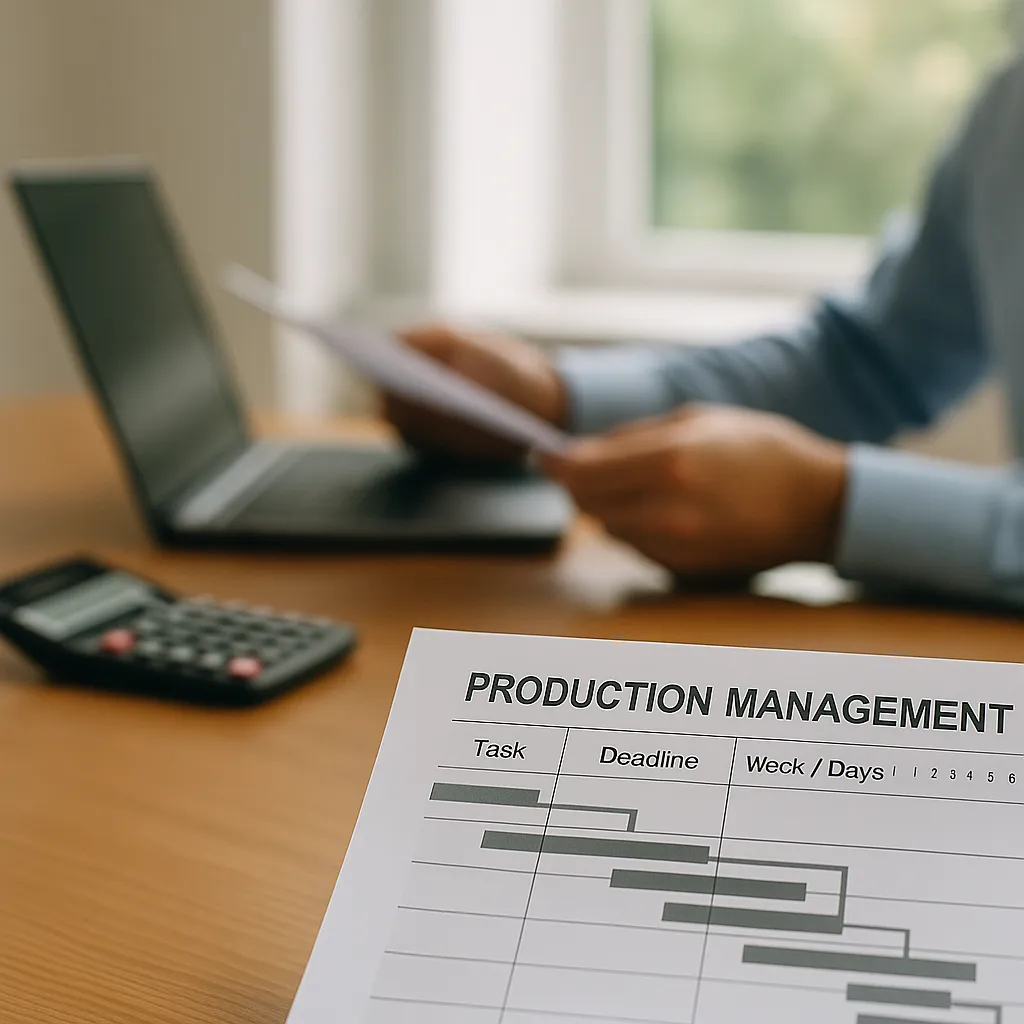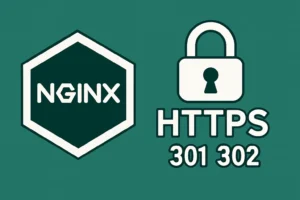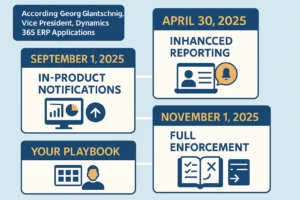To truly answer the question “What is ERP?”, we need to go back to the beginning. ERP didn’t start with software — it began with basic production planning systems.
What is MRP1?
The earliest form of ERP, known as MRP1 (Material Requirements Planning), emerged in the 1960s. MRP1 focused on inventory control and material planning, helping businesses understand what to produce, how much, and when. Although limited to material flow, it laid the foundation for future ERP development.
What is MRP2?
In the 1980s, MRP evolved into MRP2 (Manufacturing Resource Planning). This expanded beyond materials to include capacity planning, scheduling, labor management, and basic finance. MRP2 brought a more integrated approach — a key step toward what ERP would become.
The Birth of ERP Systems
By the 1990s, businesses needed more than production planning — they needed full enterprise integration. Thus, modern ERP systems were born. These ERP solutions integrated core functions like financial management, HR, inventory control, customer relationship management, and more into a unified ERP platform. The modern ERP system became the backbone of business infrastructure.
What Does ERP Software Do?
An ERP system automates and connects every key business process. With ERP software, all departments share a common database and standardized workflows. Let’s break down the core ERP modules:
- ERP Financial Management and Accounting
- ERP Procurement and Supply Chain
- ERP Manufacturing and Production Control
- ERP Inventory and Warehouse Management
- ERP Human Capital Management (HCM)
- ERP Customer Relationship Management (CRM)
- ERP Project and Task Planning
- ERP Reporting and Business Intelligence
Each ERP module communicates with others in real-time, creating an efficient, data-driven operation.

Top Benefits of Using an ERP System
ERP systems bring immense value across all business sectors. Implementing a modern ERP solution leads to:
- Streamlined and integrated ERP processes across departments
- Real-time data visibility via ERP dashboards
- Time and cost savings through ERP automation
- Fewer human errors with centralized ERP data
- Strategic decision-making using ERP reporting tools
- Global scalability with cloud-based ERP systems
- Advanced data security through ERP access controls
In short, ERP software transforms businesses into smarter, faster, and more agile organizations.
How to Implement an ERP System
ERP implementation is more than just installation — it’s a complete digital overhaul. A typical ERP rollout includes:
- Business needs analysis for ERP scope
- Choosing the best-fit ERP solution
- Customizing ERP modules to align with operations
- ERP data migration and system integrations
- ERP training and user onboarding
- Go-live with ERP support team
- Ongoing ERP performance optimization
A successful ERP project requires planning, expertise, and continuous improvement.
Cloud ERP and AI-Driven ERP Systems
ERP has come a long way. Traditional on-premises ERP systems are now being replaced by Cloud ERP solutions, offering scalability, remote access, and reduced IT costs. Meanwhile, AI-powered ERP software enhances capabilities like demand forecasting, process automation, and predictive maintenance.
Platforms like Microsoft Dynamics 365 Finance and Operations ERP combine the robustness of traditional ERP with the flexibility of modern cloud architecture and AI intelligence.
Conclusion: What is ERP in Today’s Business World?
So, what is ERP today? ERP is more than software — it’s the digital brain of your enterprise. From its MRP roots to today’s smart, cloud-based, AI-powered ERP platforms, ERP is essential for managing complexity, driving growth, and enabling true digital transformation.
Whether you’re a small startup or a global enterprise, investing in a powerful ERP system is no longer optional — it’s a strategic necessity.ERP.
Learn more about our services here.
Learn more about Digital Transformation from Microsoft here.








